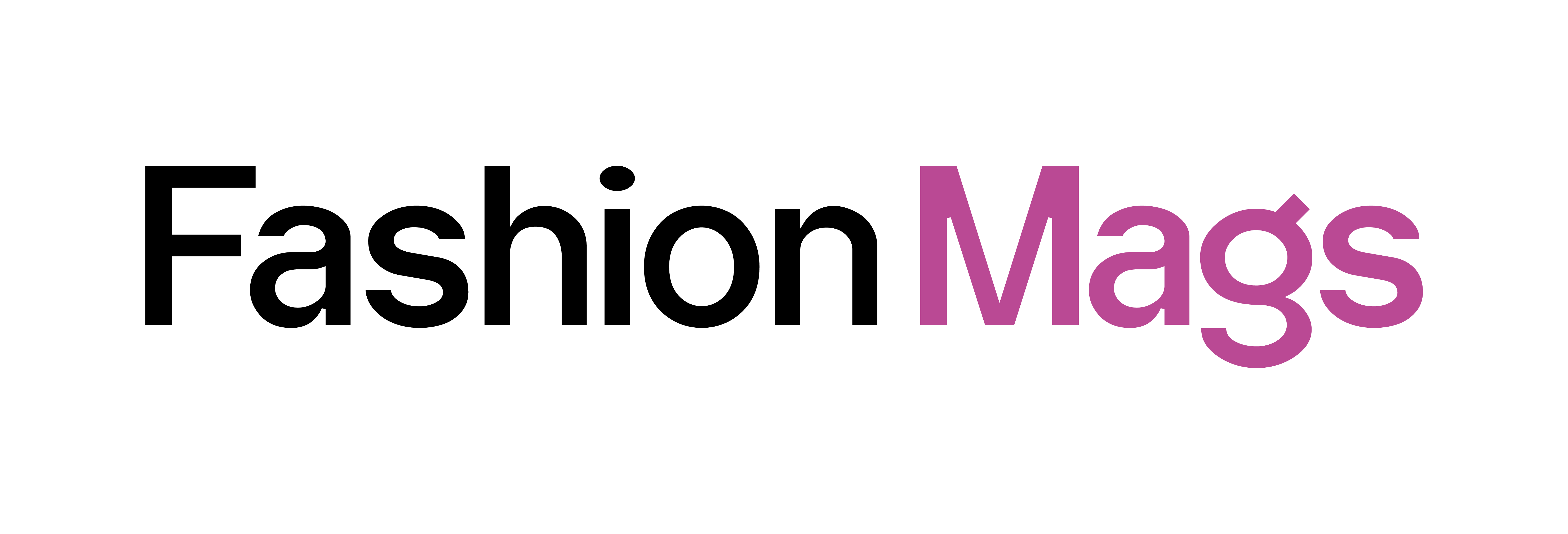Table of Contents
How AI is Redefining Visual Creativity
Artificial Intelligence (AI) has revolutionized numerous industries, and the realm of visual creativity is no exception. From enhancing photos to creating entirely new digital artwork, AI image technology has made what once seemed futuristic a reality. Whether you’re an artist, marketer, or hobbyist, the tools powered by AI open up endless possibilities.
One fascinating innovation is the ability to create stunning visuals by simply describing them in text. If you’re curious about this transformative technology, you can start using an AI image generator from text free to explore its potential. This article delves into the fundamentals of AI image technology and its practical applications.
What is AI Image Technology?
AI image technology refers to the use of machine learning algorithms to analyze, process, and generate visual content. These systems are trained on massive datasets of images and text, enabling them to understand the relationships between visual and textual elements.
Key capabilities of AI image technology include:
- Image Generation: Creating original visuals from scratch based on text input.
- Image Enhancement: Improving quality by adjusting resolution, colors, or sharpness.
- Style Transfer: Transforming an image to mimic the style of famous artists or specific aesthetics.
How Does AI Create Images from Text?
AI tools like DALL-E, Stable Diffusion, and MidJourney utilize deep learning models, specifically Generative Adversarial Networks (GANs) or diffusion models. These systems interpret the text input and convert it into corresponding images through several steps:
- Natural Language Processing (NLP): The AI decodes the text prompt to understand the context, objects, and artistic styles described.
- Data Matching: It uses learned patterns from its training dataset to identify the visual elements that align with the prompt.
- Image Rendering: The AI generates the image, often iterating multiple times to refine the output for accuracy and quality.
For instance, if you type “a futuristic cityscape at sunset,” the AI identifies the key components (futuristic, cityscape, sunset) and combines them into a coherent image.
Practical Applications of AI Image Technology
AI-generated images aren’t just a novelty—they have practical applications across industries:
- Marketing and Branding: Companies can create custom visuals for campaigns without the need for traditional graphic design.
- Entertainment and Media: Storyboards, concept art, and game assets can be generated efficiently.
- Education: Visual aids and illustrations can be tailored to enhance learning experiences.
- E-Commerce: AI tools can create dynamic product mockups and promotional images.
Tips for Getting Started with AI Image Generators
- Choose the Right Tool
There are various AI platforms available, each catering to specific needs. Research options like DALL-E or Canva’s AI tools to find what works best for you. - Experiment with Prompts
Be descriptive and precise with your text input. For example, instead of “a dog,” try “a golden retriever sitting in a meadow under a blue sky.” - Understand Licensing and Usage Rights
Ensure that the generated images align with your intended use, especially for commercial purposes.
Conclusion: The Future of Visual Creativity
AI image technology is transforming the way we create and interact with visuals. Whether you’re generating art for personal projects or developing assets for professional use, these tools make creativity more accessible than ever.
So why wait? Dive into the world of AI-powered art and see how it can spark your imagination. With tools available to start using an AI image generator from text free, exploring this cutting-edge technology has never been easier. Embrace the future of creativity and let your ideas come to life with AI!


